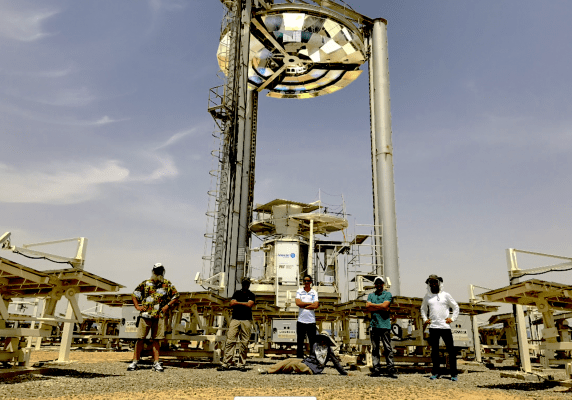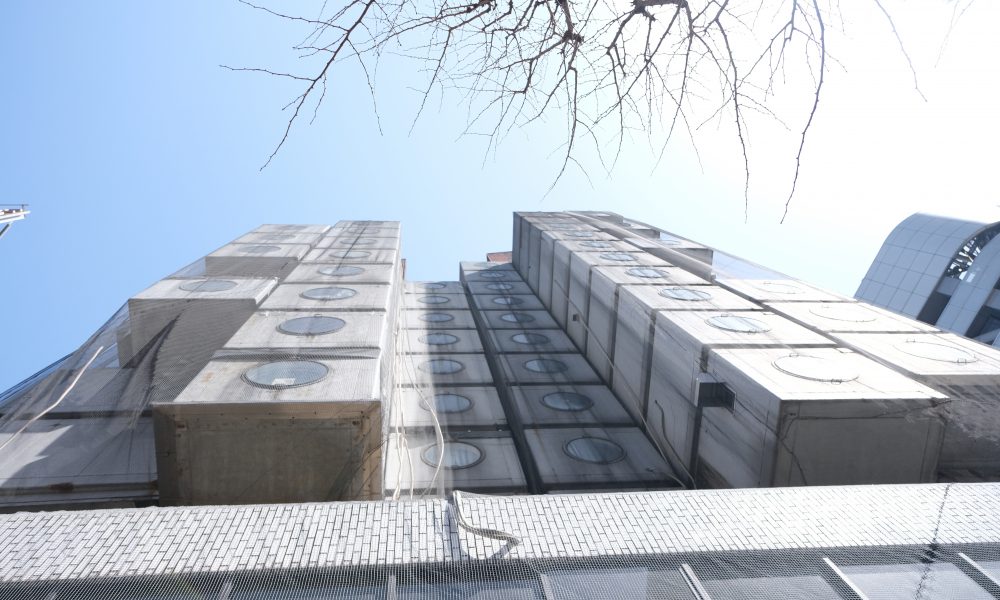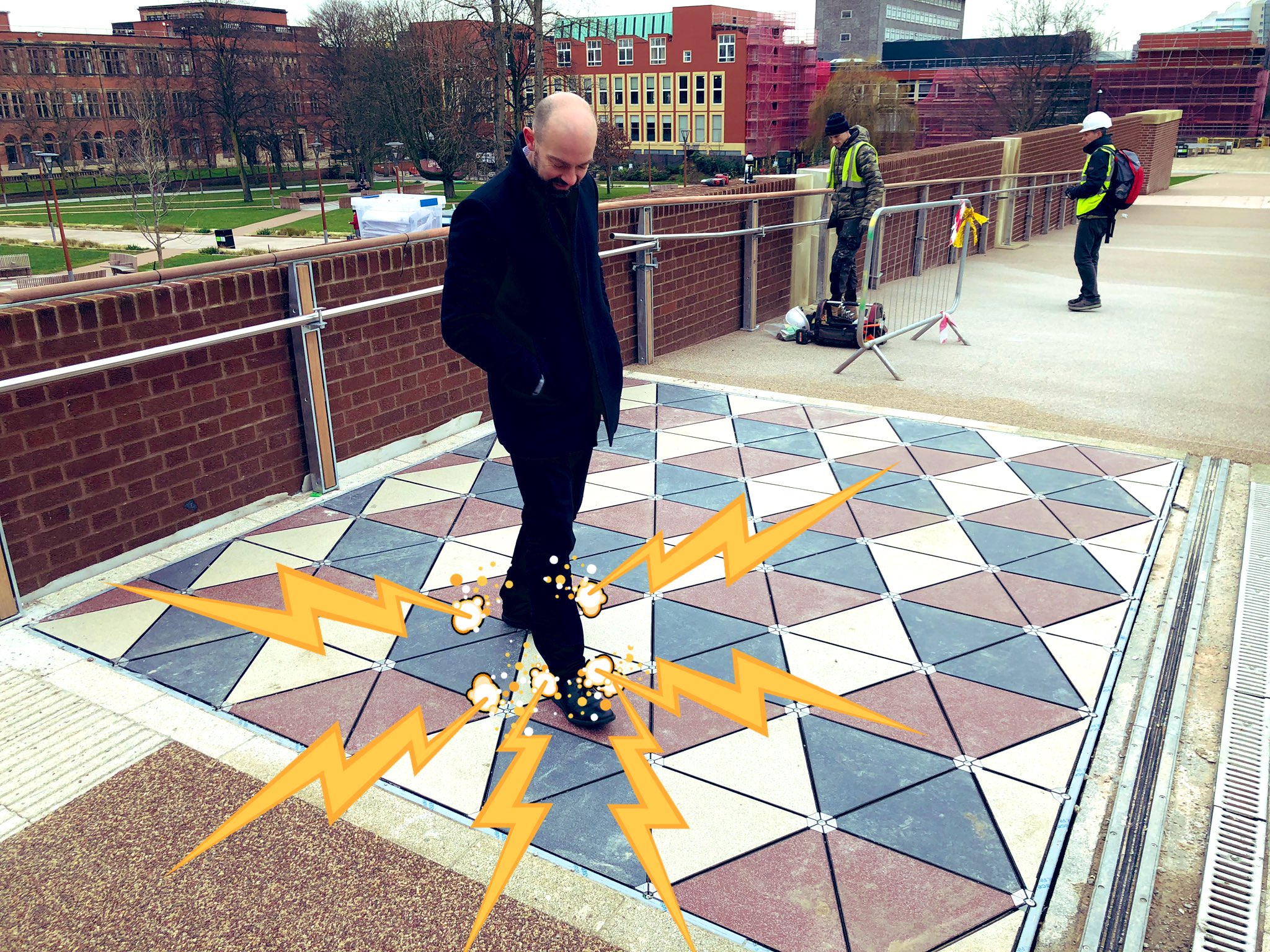Tower of Silence - Wikipedia
A dakhma (Persian: دخمه), also known as the Tower of Silence, is a circular, raised structure built by Zoroastrians for excarnation–that is, the exposure of human dead bodies to the elements for decay in order to avert contamination of the soil with the corpses.[1][2][3] Carrion birds, usually vultures and other scavengers, would typically consume the flesh and the skeletal remains would have been left in the pit.[1][2]
Zoroastrian exposure of the dead is first attested in the mid-5th century BCE Histories of Herodotus, but the use of towers is first documented in the early 9th century CE.[1][2] The doctrinal rationale for exposure is to avoid contact with Earth, Water, or Fire, all three of which are considered sacred in the Zoroastrian religion.[2][3]
One of the earliest literary descriptions of such a building appears in the late 9th-century Epistles of Manushchihr, where the technical term is astodan, "ossuary". Another technical term that appears in the 9th/10th-century texts of Zoroastrian tradition (the so-called "Pahlavi books") is dakhmag, for any place for the dead.






















